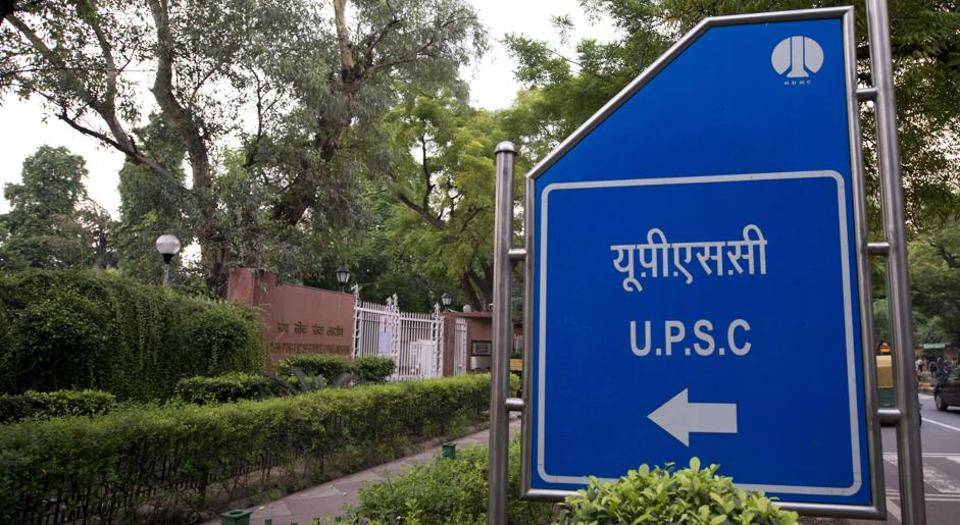
General Outline
Give me six hours to chop down a tree and I will spend the first four sharpening the axe.
Well begun is half done!!
So the beginning of your optional preparation must be with extensive reading of prescribed syllabus. This must include not just the main headings but also the sub-topics.
While comprehending the syllabus, integrate NCERT – 11th and 12th standard along with certificate to Physical & Human Geography by G.C. Leong.
For preparing each topic, take basic references (mentioned later), Class notes and also the model answers. Selection of 2-3 sources caters static and dynamic part of syllabus sufficiently.
Coverage of every topic (with multiple revisions) must be followed on by analyses of question trend. This can be done by referring Question Paper Analysis. This helps in comprehension of question trends.
It is strictly not advisable to be selective in your preparation as natures of questions are more integrated and open-ended.
Making notes/pointers for every topic is always advisable as it helps in quick revision and answer formatting.
As approached in the classroom, best way to prepare the syllabus is the swing,e. integration of Paper-I and Paper-II topics.
With nature of questions asked becoming unpredictable, class room coaching and test series help cannot be ruled out.
Strategy and sources of preparation
The best preparation for tomorrow is doing your best today
The Physical Principles of Geography covers maximum of static and core segment of syllabus. This part can be divided into
Geomorphology – is the study of relief. It requires aspirants to be aware of processes forming and modifying relief feature (Paper-I). Its application is in Paper-II – Relief features of India.
To prepare this topic, which is both technical and applicable,Suggested sources are
Climatology- is the study of atmosphere and weather mechanism. This topic is also more technical in nature and requires strong and clear comprehension in Paper-I. Its application in Paper-II is as Indian climate, rainfall pattern, cyclones, western disturbances, etc.
Involving same technical and applicable dimensions, the suggested sources are
Oceanography– the study of oceans and marginal water bodies, is less technical and least prominent part of Physical Geography. The natures of questions are comparatively easy to comprehend. Suggested sources are
Biogeography – including fundamental principles of ecology, is the most sought after topic of syllabus. Its contemporary aspect makes it far more overlapping in nature – Biomes, vegetation, soil, Gene pool centres as the topics involves strong foundation for applicable parts as sustainability.
Paper II Indian vegetation, biome, soil, wildlife relates to the same in regional perspective. Suggested sources are –
Environment Geography – It is applicable part of biogeography and ecology. It is about degradation, climate change, causes, consequences, mitigation and adaptation strategies – World and India.
Extremely dynamic and marks-fetching topics are sincerely advised to be prepared in minutest details for both papers. Suggested sources are –
The Fundamentals of Human Geography – It is the most dynamic part of syllabus which has feedback links with physical principles of geography as well.Also it is the scoring part of the syllabus as individual approach to answer writing is given higher remuneration.
Perspective in Human Geography- It is the most sought after and difficult topic of syllabus.It is about genesis and development of Geography as a discipline. It provides aspirants the understanding of Geographers and their contributions.
The prescribed syllabus though is more approaches and methods oriented, rather than scholar’s contributions. Chronology of development of ideas is a must, in its preparation.
In last few years, the questions from this topic has not just increased (2018 Main as example), it has also been made applicable.
While preparing this topic, it must be considered that it grooms aspirants’ capacity to the maximum in writing good answers as it helps in quoting examples of Geographic contributions.
It do include the topics as language, Religion, Cultural Regions, HDI as applicable aspects of thought.
Suggested sources are
Population Geography and Cultural Setting- Based on UNFPA and Census data table, population geography includes static nature for 10 years for both Papers I and II.
However, population as social capital, social well being and quality of life makes applicable topics in Paper I.
Similarly, health indicators, population problems and policies of Paper-II are applicable topics. Suggested sources are
Settlement Geography- In Paper-I, syllabus is more theories-oriented. Absolute clarity of terms and scholars is required.
However in Paper-II, Contemporary thus open ended dimension of town problems and planning makes it marks fetching.
Suggested sources are
Economic Geography- In Paper-I, the syllabus is less extensive though includes topics that are dynamic in nature as World Economic Development, Food & Nutrition Problem, Patterns of world trade
It is more extensive and applicable in Paper-II involved with significance of all Government policies and programmes.
Divided into Agriculture, Industrial Geography, Trade transport and communication. Syllabus has an absolute applicable dimension.
Suggested sources are
Regional and Political Geography- These topics in Paper-I again has static, theoretical dimensions in combination to dynamic aspects as planning for sustainable development and geopolitical significance of different geographic regions, i.e. application of geopolitical theories.
Paper-II involves overlap of entire syllabus with these topics as both physical and human aspects influences level of development, thus planning also a political significance.
Suggested sources are
Models, theories and Laws in Human Geography- This topic of Paper-I holds its significance at par with perspectives in development of Human Geography.
It includes all the major theories and models of human geography. Application aspects of these require understanding of present scenario of human geography sources.
Suggested sources are
ALL THINGS ARE READY, IF OUR MIND BE SO
Toppers Answer Copy
Pratham Kaushik (Rank 5 CSE 2017)
https://www.directionias.com/wp-content/uploads/2023/05/t-copy.pdf